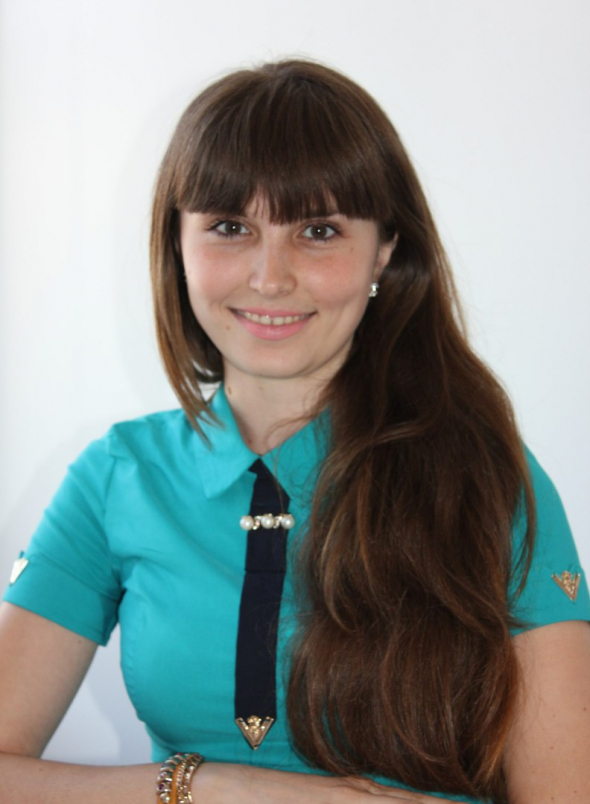Английский язык 1 класс
Дата № урока
Тема: Названия животных
Цель урока: познакомить учащихся с названием животных
Задачи урока:
Учебные:
Развивающие:
развитие произносительных навыков;
развитие памяти и внимания;
развитие творческих способностей детей.
Воспитательные:
Планируемый результат:
УУД
Личностные: формирование потребности в дружбе с одноклассниками и ребятами других стран;
Коммуникативные: формирование желания общаться и умения знакомиться с другими ребятами;
Познавательные: Формулировать ответы на вопросы учителя и одноклассников.
Регулятивные: формирование умения оценить результаты своей работы на занятии и своих товарищей.
ХОД УРОКА
Beginning the lesson
1 Wait by the door and greet the children as they arrive.
(An activity to revise language taught in Module 3.)
2 Put the flashcards from Module 3 in a pack. Go around the class letting individual children choose two or three items each and asking them to name them. Ask the rest of the class for verification.
Presentation &Practice
Flashcards (pets, cat, dog, rabbit, mouse, tortoise, duck, house)
(Activities to present and practise the vocabulary of the lesson.)
3 Pin up the flashcards (pets, cat, dog, rabbit, mouse, tortoise, duck, house), one at a time, and say the appropriate words. Children repeat, chorally and individually. Ask children to take out their picture cards (pets, cat, dog, rabbit, mouse, tortoise, duck,
house). Call out the items in random order. Children listen and hold up the corresponding picture card.
4 (Ex. 1) Listen and point. Then say.
5 Play the cassette/CD. Children listen and point to the pictures. Play the cassette/CD again. Children repeat, chorally and individually, while pointing to the pictures.
Then individual children point to and say the words.
TAPESCRIPT
Pets, cat, dog, rabbit, mouse, tortoise, duck, house.
(Ex. 2) Chit-Chat (An activity for children to communicate in English.)
6 Refer children to the first picture. Elicit the names of the characters and present the pet (Danny the dog).
Play the first sentence on the cassette/CD. Children repeat, chorally and individually. Present the names of the other pets (Kitty the cat, Maisie the mouse, Derek the duck, Roger the rabbit, Tommy the tortoise). Play the rest of the recording on the cassette/CD and repeat the procedure.
TAPESCRIPT
Nanny: This is Danny the dog.
That is Kitty the cat.
This is Maisie the mouse.
This is Derek the duck.
That is Roger the rabbit.
That is Tommy the tortoise.
Flashcards (dog, cat, duck, mouse, rabbit, tortoise)
7 Pin up the dog flashcard on the board. Stand near, point to and say: This is Danny the dog. The children repeat after you. Stand further away from the flashcard, point to and say: That is Danny the dog. The children repeat after you. Explain that we use this to point to things/people/animals that are near us and that to things/people/animals that are further
away from us.
Физкультминутка
8 Pin up the cat flashcard on the board. Stand near, point to it and elicit the sentence from the children, This is Kitty the cat. Stand further away from the flashcard, point to it and elicit the appropriate sentence, That is Kitty the cat. Follow the same procedure with the rest of the flashcards.
9 Ask a child to come to the board. Say a sentence. The child stands near or far from the flashcard and point to it. Ask the rest of the class for verification. Repeat with as many children as you think is necessary.
e.g. Teacher: That is Roger the rabbit.
Child: (stands far from the rabbit flashcard and points to it) etc
Физкультминутка
10 Present the following exchange:
A: Who’s this?
B: This is Danny the dog.
The children in pairs ask and answer about the animals in Ex. 2. Check round the class. Ask some pairs to report back to the class.
A: Who’s that?
B: That is Kitty the cat.
A: Who’s this?
B: This is Maisie the mouse.
A: Who’s this?
B: This is Derek the duck.
A: Who’s that?
B: That is Roger the rabbit.
A: Who’s that?
B: That is Tommy the tortoise.
(Ex. 3) Listen and look. Then point.
(Activities to promote receptive and productive language skills.)
11 Set the scene. Explain to children that Larry, Lulu and Chuckles are at Nanny’s house. Go through the illustrations and elicit Nanny’s pets, e.g. (Point to picture 1 and say): Look at Nanny’s pets! Invite children to tell you what pets Nanny’s got. Do the same for the other
pictures. Then point to the animals in turn and elicit their names. (Danny the dog, Kitty the cat, Roger the rabbit, Maisie the mouse, Derek the duck, Tommy the tortoise.)
12 Next, mime and say: Listen and look. Play the cassette/CD. Children listen and look at the pictures illustrating the dialogue.
TAPESCRIPT
Nanny: Here we are, children! This is my house!
Lulu: Oh, let's look at Nanny’s pets!
Lulu: Who’s this, Nanny?
Nanny: This is Danny the dog and this is Kitty
the cat!
Lulu & Larry: Hello, Danny! Hello, Kitty!
Nanny: That’s Roger the rabbit and that’s Maisie
the mouse!
Lulu: Hello, Roger!
Larry: Hello, Maisie!
Lulu: Aggh! What’s that?
Nanny: Don’t worry! That’s Tommy the tortoise!
13 Ask the children (looking puzzled): Who’s Danny? Invite them to point to Danny in the picture (the dog). Ask again: Who’s Kitty? Children point to the cat.
14 Play the dialogue again with pauses for children to listen and repeat. Check children's pronunciation and intonation.
Extension: Hold up your book to the class. Say the dialogue and point to the pictures in turn. Repeat, this time inviting children to complete your sentences.
e.g. Teacher: We are here children. This is my ...
Children: house. etc
Ending the lesson
(An activity to revise the words from Unit 10a.)
15 Make animal noises. Children name the animal.
e.g. Teacher: eek – eek – eek
Child: mouse etc

















